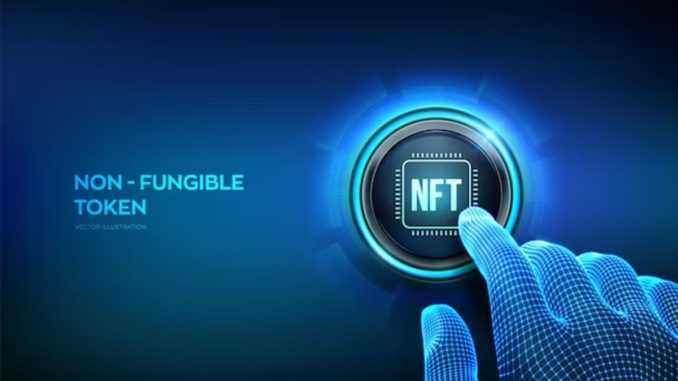
Economies are not built upon FOMO but sustainable game theory. Metaverse hype inflation couldn’t be sustained for long because the problem with the over-justification effect is that the reward equation eventually fails because the intrinsic value proposition that we get doing such things fades away as the environment turns familiar. So, the land for sale, NFTs for sale, users staking tokens, and receiving an n% of returns turned out to be monotonous, and you need motivation, not monotony, to make people stick to your ecosystem.
As a result, despite the wondrous gameplay of Decentraland and Axie Infinity, they were left with an abysmally low number of daily users at around 30 to 40. Hence,
justifying the argument that money
A production-ready Metaverse requires a lot of iteration from where we are now with tokenomics
For a Metaverse to truly be ready for prime time, a carefully crafted tokenomics model is essential. This begins with choosing the right type of token system. Single-token models suit less complex metaverses with limited scope for utility tokens, while multi-token systems, like those used in Axie and Sandbox, are ideal for more intricate ecosystems, with different purposes and different incentive structure for each token. But the symbiotic relationship between the two makes the metaverse functional.
Crucial to this design is the balance of supply and demand for each token, whether it’s through a fixed, deflationary, inflationary, or dynamic supply model incorporating mint-and-burn mechanisms. The choice of model has significant implications. For instance, a deflationary model might increase token value with rising demand but risks failing if the supply can’t meet the needs of an expanding user base.
Conversely, inflationary models could incentivize staking but risk hyperinflation or devaluation without proper velocity adjustments. What I’m getting at here is the necessity of balancing token generation with the growth in user numbers and the frequency of token transactions. To achieve this, there are several avenues one could explore. For instance, introducing fresh utilities that allow spending on avatars, or unique collectibles, or may be implementing new game elements such as betting mechanics, trade taxes, or special event passes, to name a few.
Designing game mechanics is just the start in Metaverse development
The bigger challenge is keeping users engaged long-term, as many Metaverses struggle with low engagement levels. It’s about creating daily interactive strategies within the Metaverse economy
In non-gaming Metaverses, crafting an engaging economy is even more challenging. It’s essential to think about what drives users to return daily. What actions must they perform regularly within the economy to make their experience fulfilling? Creating a dynamic game loop, where desired actions and rewards align, is crucial. It’s important to blend extrinsic rewards, like investment returns, with intrinsic rewards, encouraging strategic interaction and social collaboration. Designing experiences filled with enjoyable surprises, without making users feel they’re constantly gambling, is key. Integrating a compelling narrative also ensures that assets like NFTs, land, and staking become more than investments; they’re parts of a broader, more meaningful story, elevating the entire Metaverse beyond a mere digital space to a vibrant, evolving community.
We’re potentially at the dawn of the second generation of Metaverses:
Initiated in early to mid-2022, it’s likely we’ll witness fully-developed, mainstream Metaverses in the next couple of years. This shift is already noticeable in the recent releases. Supporting this notion, the recent Gamefams report shows a shift in digital habits: Gen Z and Gen Alpha are spending 43% more time on immersive platforms like Roblox and Fortnite compared to TikTok and YouTube. This trend points to an opportune moment for developing Metaverses that are engaging and well-balanced in terms of tokenomics and user experience.
The author is co-founder, CEO, Zeeve
Follow us on Twitter, Facebook, LinkedIn
o
o











